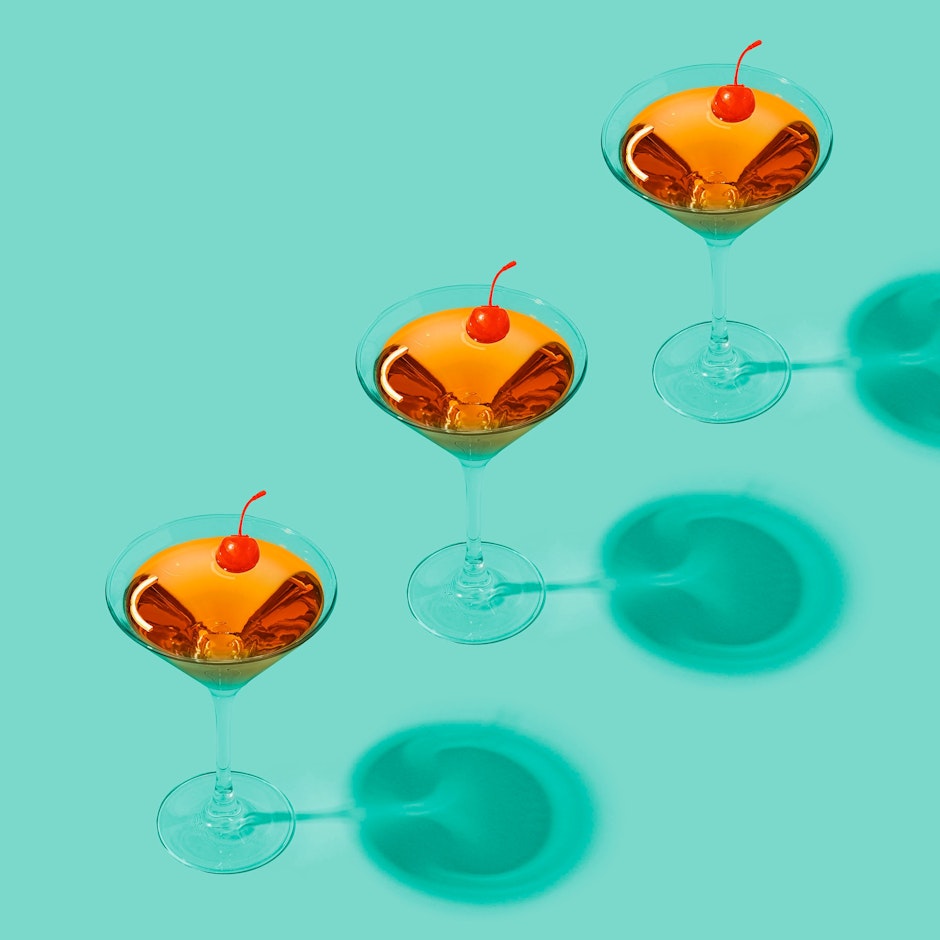How tacky TikToks and kitschy campaigns deliver authenticity
Perhaps in retaliation to the clean, over-filtered and unattainable trends that have emerged in recent years, a craving for messy, tacky TikToks with maximalist overtones has swept across the short-form video app

Whilst not all businesses will benefit from a total de-professionalization of their brand, aspects of this strategy can be used to create a sense of authenticity and unique brand identity within campaigns and can add a human aspect to otherwise-stale online personalities.
Tacky TikToks
Maximalism has been a growing trend on TikTok, with creators embracing max-creativity and ultra-individualism within their homes and through the clothes they wear. While some of these curations could be seen as organized chaos, there is additionally a sense of intentional rejection of unspoken rules, with creators such as Myra Magdalen creating outfits from unwearable items, such as light-up aquariums or a horse cushion made from a towel.
This trend for the ultra-un-chic comes as a reaction to squeaky clean cut and curated video trends that preceded it, such as the ‘that girl’ trend, an impossibly perfect early morning routine and ultra-healthy lifestyle inspiration reel. In a recent survey from GWI, 45% of Gen Z respondents agreed that “there is too much pressure to be perfect on social media” and an emergence of maximalist content on TikTok could be seen as a rebuttal to this sentiment.
Kitschy campaigns and logo rebrands
Brands who are appealing directly to Gen Z seem to be taking on this taste for tacky with intentionally chaotic branding. Apparel brand, Praying, described by Vogue as “the Fashion Industry’s Most Perverse Viral Hit”, sells a variety of anti-fashion clothing items (the ‘Brangelina Hoodie’ for example) through a website which is designed to emulate the pre-sophisticated internet era, featuring pixelated digital GIFs, bright neons on a white, spaced out backdrop, and misspelt headers. This clashing, disordered marketing directly appeals to the sentiment that Gen Zs are turning away from cookie-cutter beauty and perfection, even in the fashion space.
Last year, Tiktok content creator Emily Zugay blew up on the platform for her refreshing take on brand logos. The creator took a comedic swipe at design students with an overconfident presentation of her misspelt, gaudy, word-art styled redesigns. The short video series had such an online impact that brands commissioned Zugay to redesign their own logos, with hilarious results.
This new style is a far cry from the sleek modern logos most major brands have adopted in recent years, demonstrated in the 2019 identity crisis which saw chic fashion house logos morph into eerily similar designs. Stripped down from their unique fonts and styles, their logos became a uniform bold text. Emily Zugay’s un-sophisticated designs are the antithesis of this uniformity.
Businesses are continuously reinventing themselves to stay relevant and trendy in the eyes of the consumer, and creator platforms like TikTok have allowed consumers to take matters into their own hands, reconceptualizing the brands in their own tastes (or lack thereof). This movement away from the conventional professional style could be a sign that consumers are now championing authenticity over aspiration.
Brand personalities and Twitter rivalries
It’s not just the aesthetic outward appearance of logos, websites, and campaigns that brands are changing, but professional online personas are also taking on relatable, comedic, and in some cases, border-line caricature, attitudes. One notable aspect of Zugay’s viral logo redesign was the interaction between the brands and the original creator. Taking the opportunity to embrace the hilariously tacky campaign was a way for brands to show their sense of humor, relate to consumers, and take advantage of the video’s reach.
When British retailer Marks & Spencer decided to take legal action against discount store Aldi over their similar caterpillar cakes, the owners of ‘Cuthbert the Caterpillar’ (Aldi) took to twitter to start a movement. Accompanied by a #freecuthbert hashtag, Aldi shared Cuthbert’s new packaging (reimagined with bars on the plastic film), posted crass illustrations ‘from inside the courtroom’ and dubbed Marks & Spencer, “Marks & Snitches”. M&S retaliated with a lighthearted approach, tweeting back a meme. This twitter rivalry received thousands of retweets and likes, with supporters from both sides taking to the social media platform to pledge their allegiance to their favorite supermarket.
Rather than taking a serious approach to this legal situation, using meme humor and immature jibes, the two brands gained an impressive reach. This light-hearted, almost juvenile, approach marks a new era for brands looking to create authentic relationships with their consumers, through relatable cultural references or self-deprecating humor.
Key takeaways
Authenticity
Perhaps in the world of developing AI, where technology provides a standard of perfection, consumers are craving authenticity. Embracing imperfection in campaigns, websites, and on social media can help to maintain a sense of authenticity and realness that consumers can relate to.
Uniqueness
One of the key aspects of maximalism is the concept of showing more of your things and, therefore, more of your personality. Brands can embrace elements of the more-is-more mantra and inject more of their unique brand personality into their marketing, even if it begins to look slightly tacky or tasteless.
Keep it human
Brands can look to create a more rounded online persona that reminds consumers that behind social media customer services is a real human. When adopting this strategy, remember that whilst more personality can win fans and followers, there are dangers to adopting such a casual tone of voice, particularly when it comes to addressing customers with legitimate concerns. Remember that keeping a level of empathy and professionalism is still key when interacting directly with consumers and do not be tempted to make jokes at their expense.
